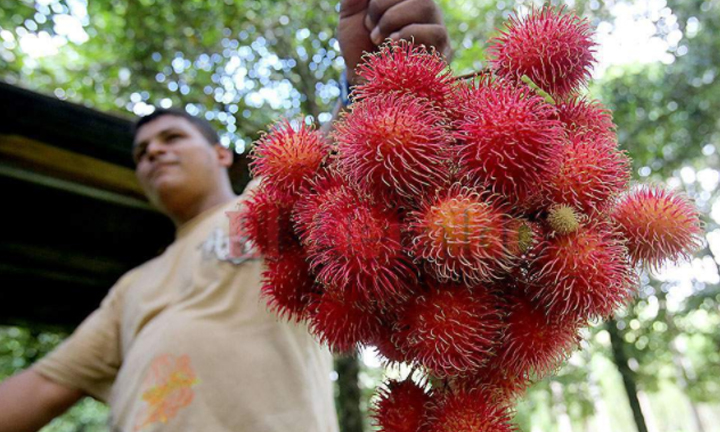SOURCE: Hondudiario
TRANSLATION: Freshplaza
The strategies and experiences aimed at marketing rambutan, which the Central American countries that produce this fruit have implemented, were shared in the “Rambutan marketing trends in times of COVID-19 for Mexico and Central America” forum, which was attended by Honduran producers. The topics addressed included a sustainable approach to production, the variation in price and marketing volumes in the domestic and export markets, and the impact of climate cwhange, among other issues.
At the end of the event, the different actors of the rambutan chain presented some ideas of the strategies to be implemented based on the exhibitors’ experiences in the different topics that were discussed. These ideas must now be analyzed and validated by the producing and packing areas prior to exporting the fruit to the Central American region and the USA, with the potential link to markets in other regions of the world. They also defined the most acceptable measures that can be replicated for the next harvest period and post-harvest management.
The Secretary of Agriculture and Livestock (SAG) supports the strengthening of each of the links of the rambutan sector, as this is one of the exotic crops that generates the most foreign exchange in Honduras. In recent years, this fruit has presented a very significant growth due to its profitability and its ability to adapt to the agricultural and ecological conditions of the north and Atlantic areas of the country, including Lake Yojoa.
Currently, Honduras has an estimated 3,486 hectares devoted to rambutan cultivation. This area produces an average of 2 million boxes of five-pound, more than 500,000 boxes of which are destined for export.

